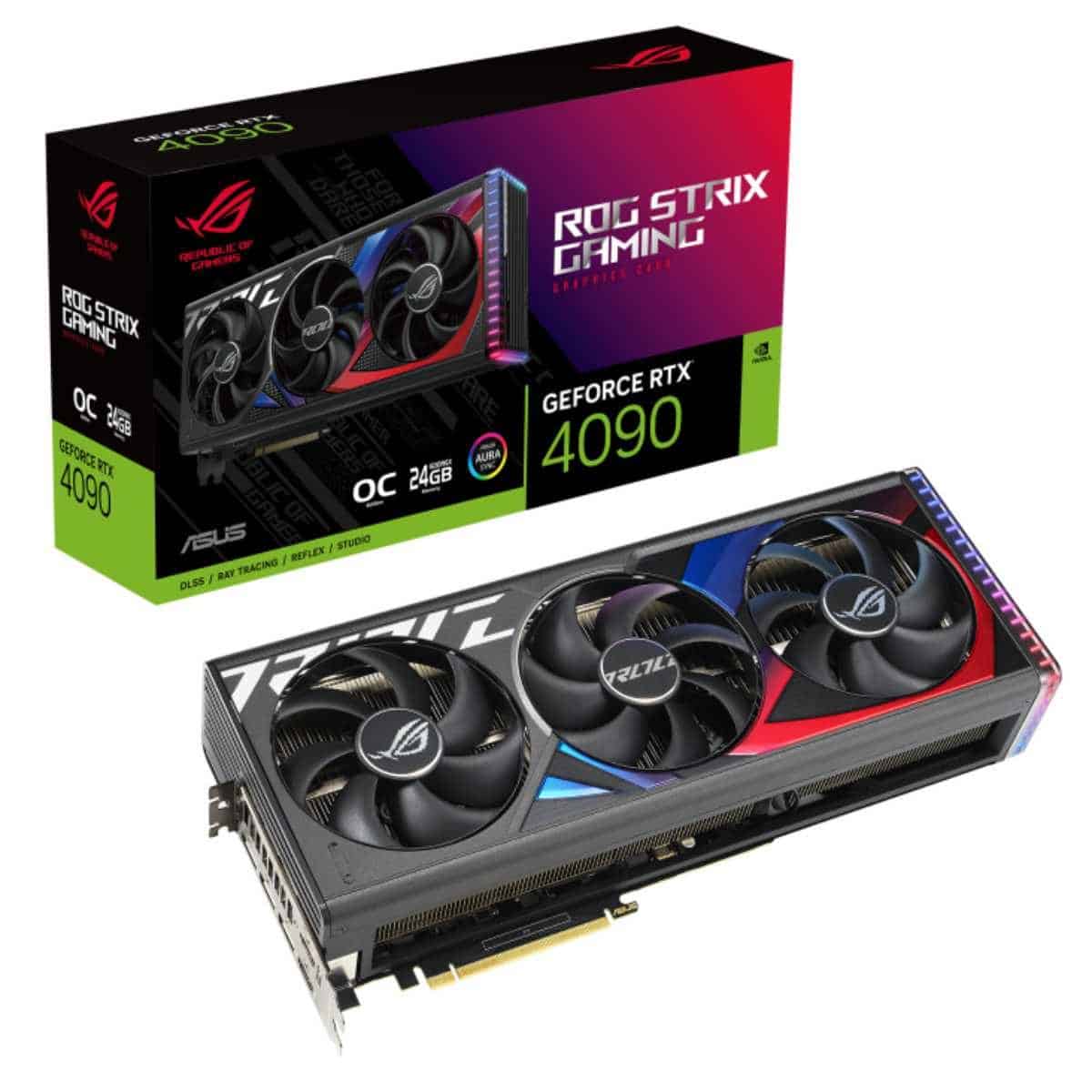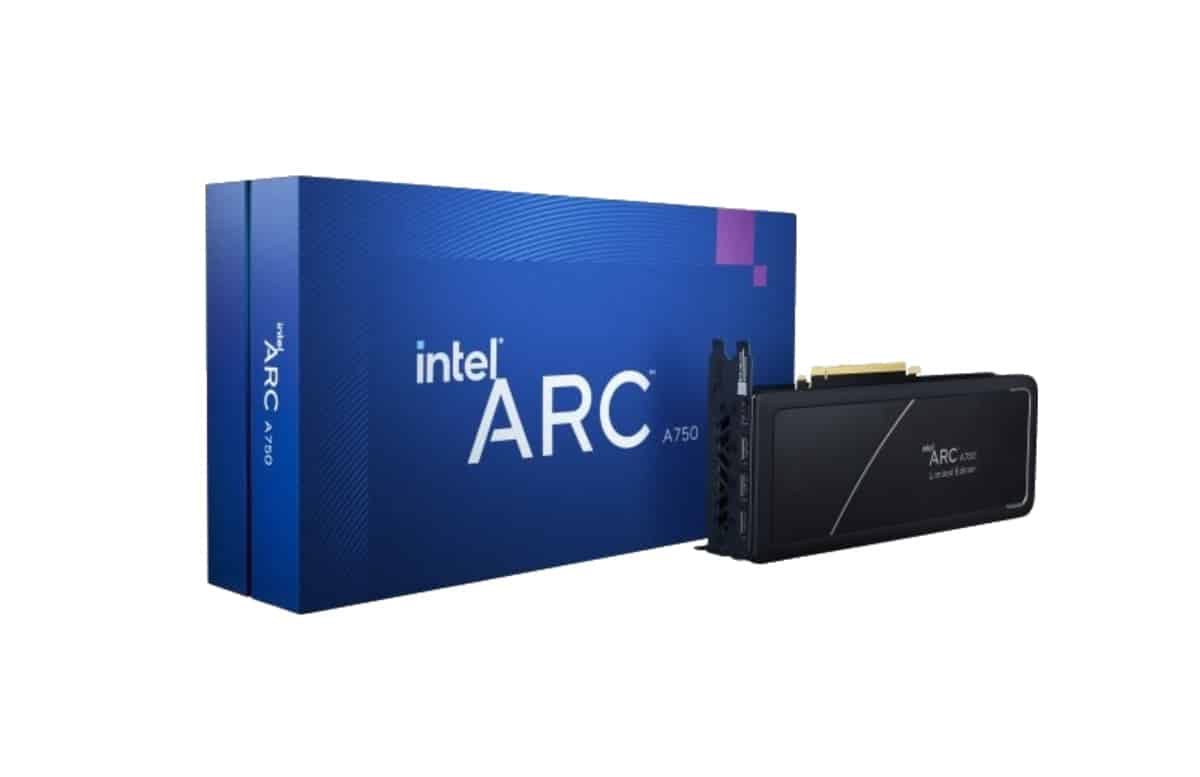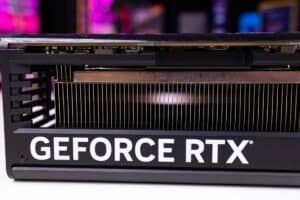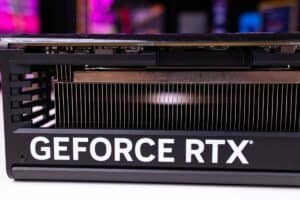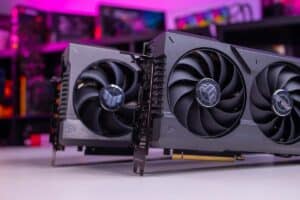Intel Arc vs Nvidia RTX
Considering the options for the choice of GPU then you may consider the differences between Intel Arc and Nvidia RTTX
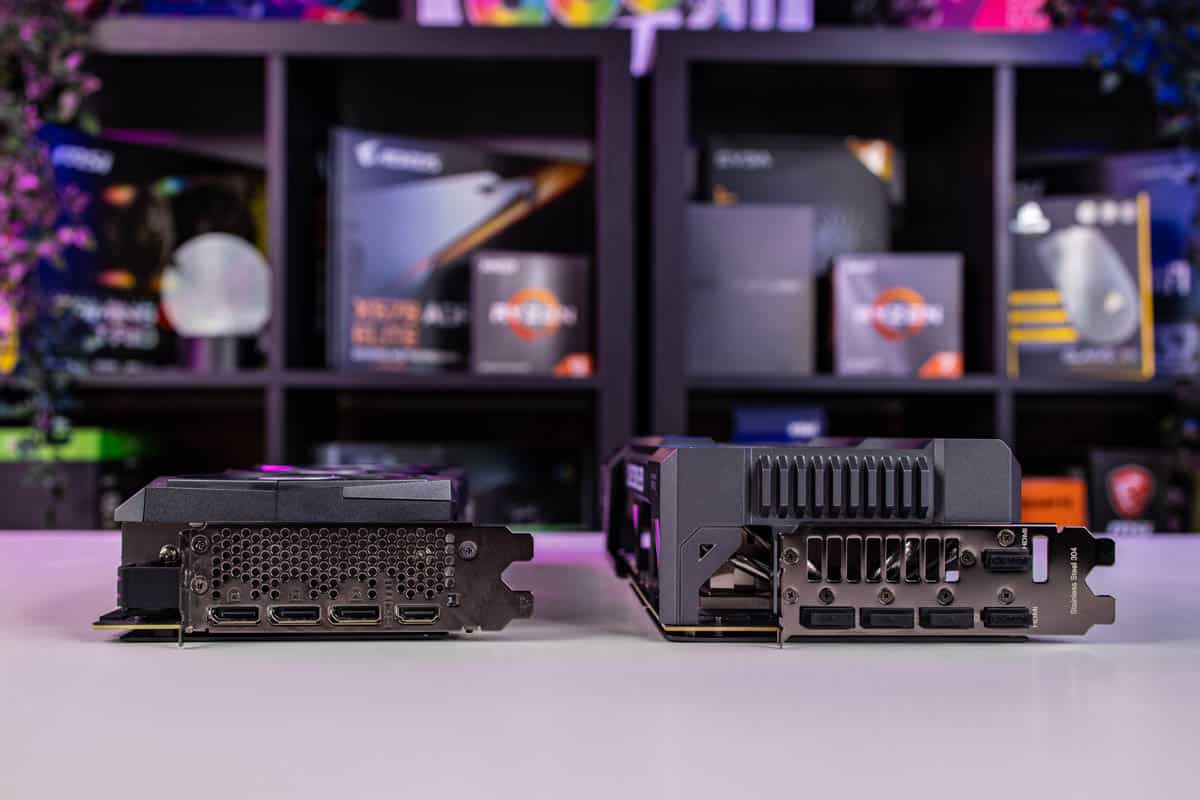
WePC is reader-supported. When you buy through links on our site, we may earn an affiliate commission. Prices subject to change. Learn more
As you consider your next best graphics card, there are more options now to pick from. With a third contender, you may question the differences between Intel Arc vs Nvidia RTX.
Intel Arc and Nvidia RTX are two graphics card families that compete in both the gaming and professional graphics markets. Here is a comparison between them.
Intel Arc compared to Nvidia RTX
Performance: Both Intel Arc and Nvidia RTX offer high-performance graphics cards for gaming and professional use.
However, Nvidia RTX currently holds the edge when it comes to raw performance, with its top-end RTX GPUs providing exceptional gaming and professional outcomes. Especially with Intel’s driver woes as it keeps working on the support.
Ray tracing: Ray tracing is a graphics rendering technique that creates more realistic lighting and shadows in games and professional applications.
Nvidia RTX has long been the industry leader in this area, boasting dedicated hardware on its RTX series GPUs. Intel Arc does support the technology but not as efficiently. And so the performance is going to be more impactful.
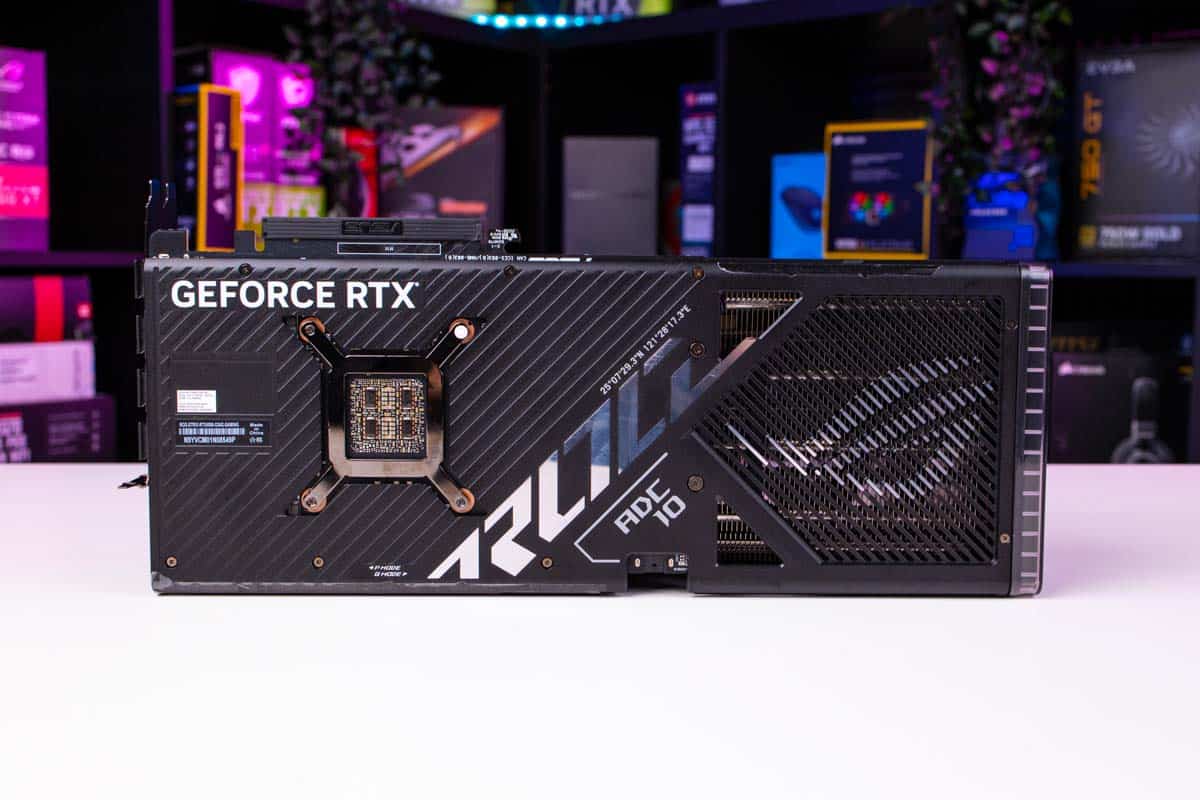
Price: Nvidia RTX graphics cards are currently more expensive than Intel Arc GPUs. Although the performance is on the lower end, the pricing reflects that and is a better offer than the established cards. So it may be a tempting choice.
Brand Loyalty: Nvidia has a loyal client base built over time by providing high-end graphics cards for professional and gaming applications. Intel must establish itself as a credible competitor in this marketplace and win the respect of those loyal to Nvidia.
And so changing over to a new competitor is a tougher choice. Especially knowing that the drivers may not be as quick or available all around.
In conclusion, Intel Arc and Nvidia RTX are two high-performance graphics card families that compete in the gaming and professional graphics markets.
Nvidia currently holds the edge when it comes to raw performance and customer loyalty; however, Intel has the potential to be a strong force in this space with its upcoming Arc GPUs. The success of Intel Arc will depend on factors such as pricing, availability, and the quality of its ray tracing and AI technologies.


